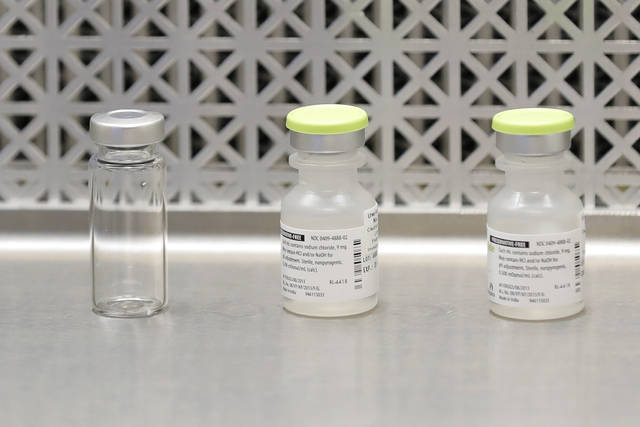https://development.triblive.com/opinion/suzanna-masartis-the-race-for-a-covid-19-cure/
Suzanna Masartis: The race for a covid-19 cure

America traditionally has turned to its biopharmaceutical industry for solutions to our ailments and diseases, with the demands for treatments and vaccines created by the coronavirus pandemic underscoring what members of rare disease communities feel every day.
Although biopharmaceutical companies are committed to developing solutions to help diagnose and treat people with covid-19 and have moved quickly in this crisis, it’s important to remember that drug discovery and development doesn’t happen overnight; it is highly regulated and it costs billions of dollars.
On average, it takes about $2.6 billion and at least 10 years for a new medicine to make it from lab to market, with clinical trials alone taking six to seven years. These figures include the time and cost of the failures early in the discovery and testing process. The overall chances of a drug that enters clinical testing being approved are less than 12%.
It’s difficult and exacting work precisely because people’s lives are at stake.
To put it into the perspective of curing a virus, it’s been more than 30 years since the discovery of the hepatitis C virus in 1989. Hepatitis C used to be a lifelong condition for most people. It took 25 years for the significant public health and research advances that have led to great progress in curbing new infections and developing lifesaving cures. Overall, new drugs cure the hepatitis C infection in 90% to 100% of people, according to the Food and Drug Administration. However, there is still no vaccine against hepatitis C. Researchers have studied more than 20 potential vaccines since the hepatitis C virus was identified, and several are under development.
Also consider that the first AIDS case in America was diagnosed in 1981 and nearly 40 years later we still have no vaccine for HIV despite ongoing global clinical trials. And it was just last year that the world was given an FDA-approved vaccine to protect against a specific strain of the Ebola virus even though scientists have been working on that for more than 20 years.
Considering those facts, the process of developing new therapies to combat covid-19 is moving at unheard-of speed. The first potential vaccine went from a lab experiment to human trials in under three months, and that process usually takes years. Other companies and research facilities are rolling out trials to test if existing drugs that were developed to treat other conditions might be effective in treating covid-19.
While trying to speed up an exacting process, researchers face the challenge of working with a relatively unknown virus, making it harder to determine which results will indicate a successful patient response.
The FDA is moving quickly to approve these trials while retaining its responsibility to ensure treatments are safe and effective for patients. We’re quite fortunate to have the regulatory safety process in place that we do because the wrong medicine at the wrong dosage level or without testing and safety procedures could make an illness worse, carry harmful side effects or kill patients.
It wasn’t until 1938 that Congress gave the FDA the ability to regulate drugs for safety after a potion that was being promoted to cure sore throats killed more than 100 people. And even then clinical trials did not require FDA approval or oversight.
That helped lead to the 1960s crisis when a drug used to treat morning sickness caused thousands of babies to be born with severe birth defects. That prompted Congress in 1962 to boost the FDA’s power, establish today’s rigorous drug approval and monitoring systems, and require the agency to consider a treatment’s safety and effectiveness when deciding whether to approve new drugs and treatments.
It’s against this complicated backdrop that the biopharmaceutical industry is racing toward a treatment and vaccine, all while maintaining its R&D efforts for treatments for other diseases and conditions, from migraines to muscular dystrophy. The fact that the regulatory and testing environment has been able to move so quickly is often overlooked in the hype for the industry to solve a global crisis.
As a patient advocate, I know that supporting researchers and industry officials in finding success can be a long and winding road, and I wish them luck in saving the world from this latest viral threat.
Suzanna Masartis is executive director of Community Liver Alliance in Pittsburgh.
Copyright ©2025— Trib Total Media, LLC (TribLIVE.com)
